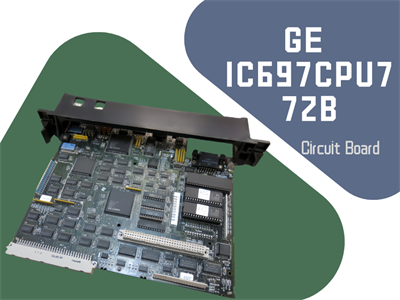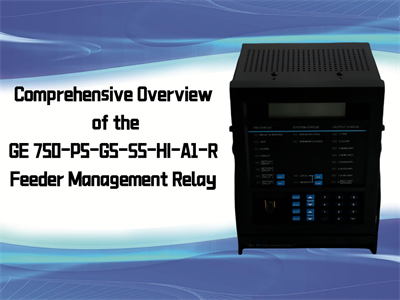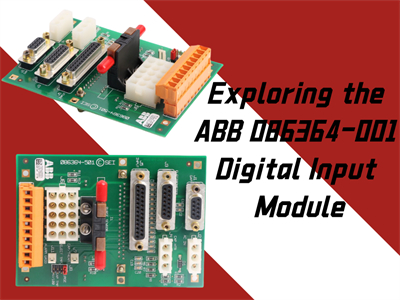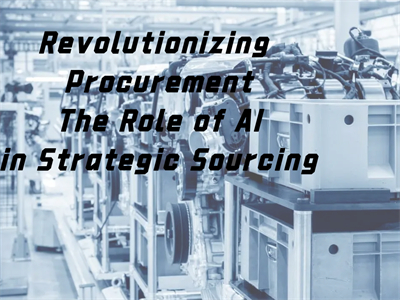Transforming Your Business with Smart Supply Chains
Understanding Smart Supply Chains Smart supply chains represent the next evolution in supply chain management, often referred to as Supply Chain 4.0. These networks leverage real-time data and connectivity among suppliers, manufacturers, distributors, and customers to create intelligent and responsive systems. The focus is on enhancing visibility and operational efficiency, ensuring that businesses can quickly adapt to changing market dynamics. Defining Supply Chain 4.0 At its core, a smart supply chain is characterized by advanced technologies that facilitate digital transformation. Supply Chain 4.0 relies on integrated analytical demand planning and sales and operations planning (S&OP) to optimize processes. Key technologies driving this evolution include: Artificial Intelligence (AI) Augmented Reality/Virtual Reality (AR/VR) Robotics and Autonomous Systems Blockchain Cloud Computing Cybersecurity Data Analytics Digital Twins Internet of Things (IoT) While many of these technologies have existed for years, recent advancements have expanded their applications, making them essential for modern supply chain operations. The Role of Physical Assets in Smart Supply Chains For Supply Chain 4.0 to function effectively, access to real-time data is crucial. This means that physical assets—such as connected machinery, RFID tags, smart devices, and sensors—are just as important as digital technologies. Integration of physical and digital infrastructures creates a seamless operation. This includes warehouse automation systems like sorting conveyors, automatic storage and retrieval systems (ASRS), automated guided vehicles (AGVs), and autonomous mobile robots (AMRs), all of which enhance operational efficiency. Benefits of Smart Supply Chains The transition to smart supply chains offers numerous advantages, particularly in demand forecasting, route optimization, and inventory management. These interconnected processes lead to more efficient, agile, and customer-focused supply networks. However, many companies still rely on outdated methods that fail to adapt to market shifts. Recent years have seen a rise in supply chain disruptions due to natural disasters, geopolitical tensions, and health crises. As the frequency and severity of these events increase, so does the need for robust supply chain strategies. Smart supply chains mitigate these challenges by utilizing real-time data and advanced analytics, allowing for quicker, more informed decision-making. Linking Industry 4.0 with Supply Chain 4.0 The benefits of Supply Chain 4.0 extend beyond logistics and distribution; they connect seamlessly with smart manufacturing. Enhanced analytics and real-time visibility provided by Supply Chain 4.0 contribute to increased resiliency and responsiveness in production environments. This integration minimizes downtime and optimizes the entire manufacturing and supply process, giving companies a competitive edge in today's market. Conclusion In summary, smart supply ...
All Blogs

 04/11
04/11 02/11
02/11 01/11
01/11 30/10
30/10 04/11
04/11 01/11
01/11 30/10
30/10 29/10
29/10


 IPv6 network supported
IPv6 network supported
